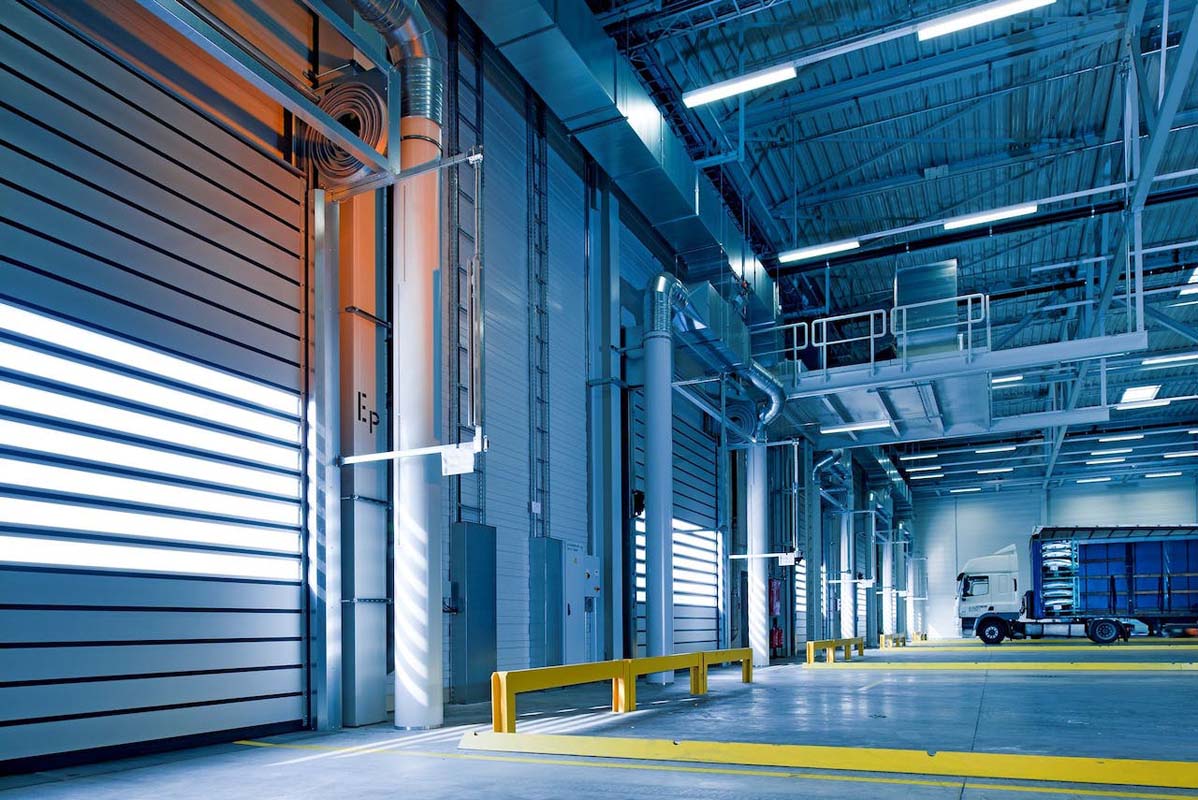
When it comes to warehousing and logistics, the efficiency of a distribution network can significantly impact a company's competitiveness and customer satisfaction. Distribution network design encompasses the physical infrastructure, such as warehouses and distribution centers, as well as the logistics and transportation systems connecting these nodes. The primary objective is to optimize the movement of products, ensuring timely delivery to customers while minimizing costs. Today, we are going to look at the success factors in distribution network design that can help you create an optimal setup for your company.
Strategic Location Planning for Warehouses
If your warehouse is strategically nestled in the perfect location, you can minimize transportation costs and maximize efficiency. When choosing the location for your warehouse, consider the following factors:
- Proximity to suppliers and manufacturers
- Storage requirements and the availability of facilities
- End customers and handling last-mile delivery.
The goal is not just to reduce transit times but to strategically position warehouses to cut down on fuel costs and leverage transportation infrastructure effectively.
Inventory Optimization in Distribution Networks
When optimizing your inventory, you will need to manage the costs associated with holding items while avoiding stockouts. While this can be a bit of a balancing act, with the right strategic approach, you can integrate demand forecasting to refine inventory planning. While there are many misconceptions regarding inventory management, we suggest you stick to the proven strategies.
- Time Series Analysis: Analyzing historical sales data to identify patterns and trends over time, aiding in predicting future demand.
- Exponential Smoothing: Assigning exponentially decreasing weights to older data to prioritize recent observations and reduce the impact of outliers.
- Machine Learning Models: Employing advanced algorithms to analyze large datasets and identify intricate patterns, enhancing forecast accuracy through self-learning mechanisms.
- ABC Analysis: Categorizing inventory into A, B, and C classes based on value or importance to prioritize focus and resources on items with the highest impact on the business.
These strategies are key contributing success factors in distribution network design, allowing you to align your inventory levels with actual demand reducing the risk of excess stock or shortage crises.
Transportation Efficiency in Distribution
Efficient transportation lies at the core of a well-functioning distribution network. The impact of critical factors, such as fuel costs, transit times, and reliability, cannot be overstated. A strategic analysis of these elements allows businesses to optimize their transportation choices, balancing cost-effectiveness with timely and dependable delivery. Leveraging advanced systems for route optimization ensures that goods move along the most efficient pathways, minimizing both time and resource expenditures. Real-time tracking further enhances visibility, enabling businesses to monitor shipments, predict delivery times accurately, and swiftly address any unforeseen challenges in the transportation process.
Technology Integration for Network Visibility
Technology integration is a pivotal factor in distribution network design for achieving enhanced visibility and operational excellence. Key components include:
- Implementing Warehouse Management Systems (WMS) and Enterprise Resource Planning (ERP) Systems: Warehouse management systems offer many advantages for warehouses, such as automating warehouse operations and providing real-time insights into stock levels and order statuses. ERP systems extend visibility across the supply chain, ensuring a unified view for strategic decision-making.
- Use of IoT Devices for Real-Time Monitoring: IoT devices, like RFID tags and sensors, offer real-time monitoring of inventory and equipment. This minimizes errors, facilitates accurate tracking, and enables proactive maintenance, optimizing overall efficiency.
- Data Analytics for Continuous Improvement: Leveraging data analytics uncovers patterns and trends, providing actionable insights. From historical sales data for accurate forecasting to predictive analytics for anticipating disruptions, continuous monitoring fosters a data-driven culture for ongoing improvement.
Scalability and Flexibility are Crucial Success Factors in Distribution Network Design
Success in distribution network design hinges on scalability and flexibility principles, avoiding unnecessary complexity and over-engineering. A prime example is the utilization of modular storage systems that can be easily reconfigured to accommodate changes in inventory size or demand patterns. A well-designed distribution network empowers businesses to scale operations seamlessly, ensuring nimbleness and responsiveness without succumbing to the pitfalls of needless intricacies.
Collaboration and Communication Across the Supply Chain
No distribution network operates in isolation. Seek to set up partnerships and collaboration across the entire supply chain. From suppliers to manufacturers and distributors, effective communication is the glue that can bring your distribution network together. For example, you can work with local moving companies, such as Spyder Moving Denver, to learn from their expertise in logistics and transportation in your area. Additionally, collaborative forecasting ensures accurate demand predictions and cloud-based platforms facilitate real-time information sharing, creating a synchronized and efficient supply chain.
Summarizing the Success Factors in Distribution Network Design
To achieve success with your distribution network, you should embrace a continuous improvement mindset. The success factors in distribution network design we’ve covered here can help you optimize operational efficiency, trim costs, and elevate customer satisfaction. Additionally, you’ll position your organization for enduring success amid the fluidity of market dynamics. Start rethinking your distribution strategy and network design, but remember to reassess how it operates continually.
For over 30 years, 18 Wheels Logistics has strived to be the most customer-centric trucking, warehousing, and logistics company around.
Based in Vancouver, British Columbia, Canada, 18 Wheels relies on experience and integrity to make customers happy and remain on the cutting edge of shipping and logistics management.
If you have any questions about this article or you would like to talk to us about your shipping needs, please call us at (604) 439-8938.
